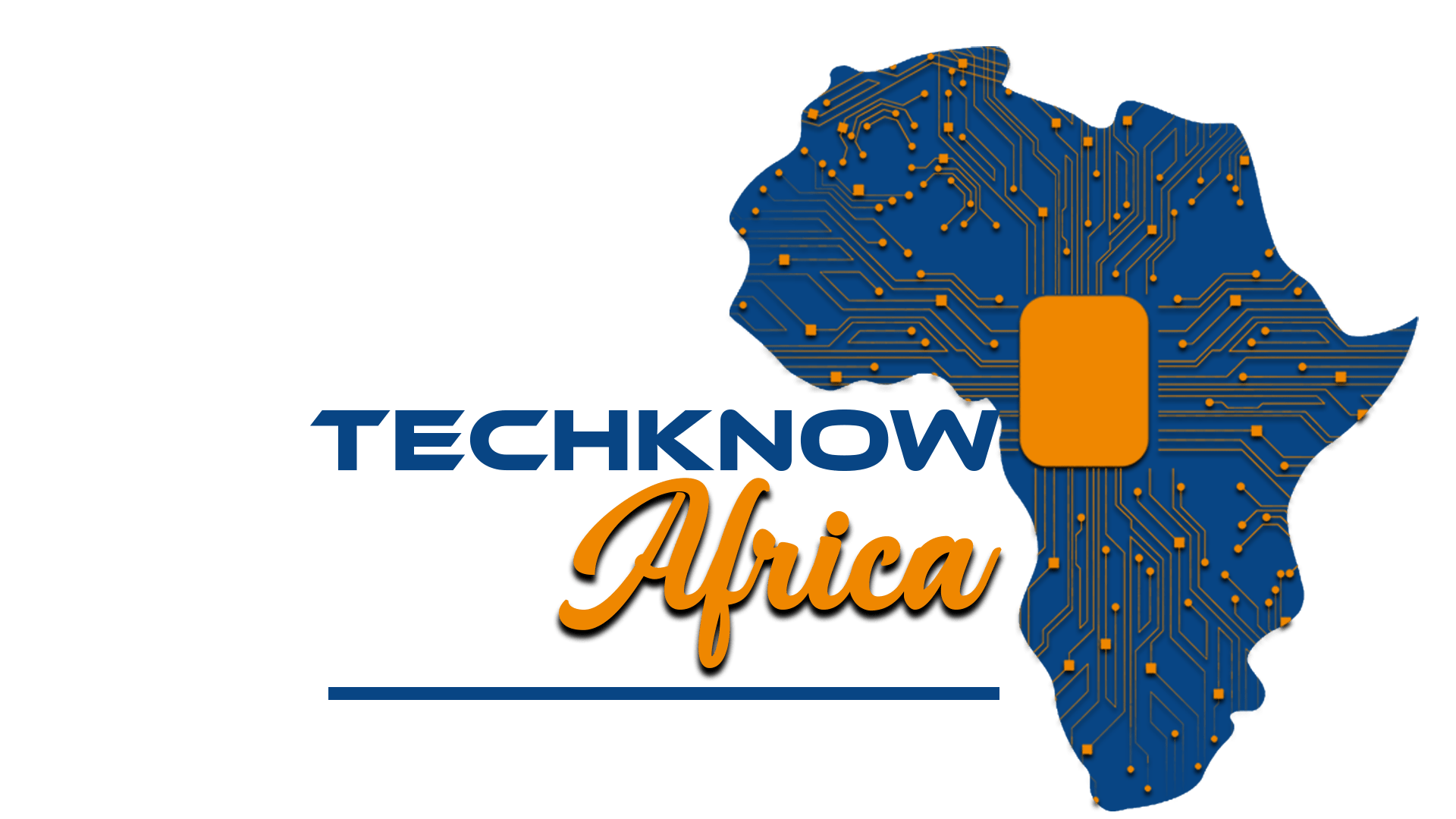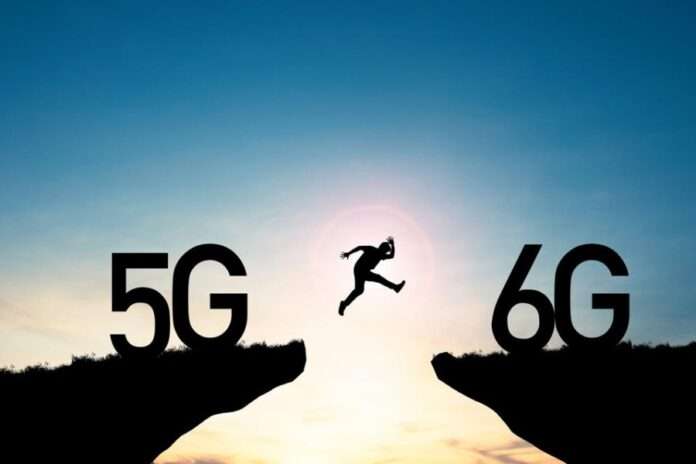5G wireless networks have just started getting traction in recent years — but as always, wireless communication companies continue to look ahead, and they’re already thinking about the next generation of data technology.
The next-gen tech (6G) will likely be 100 times faster than 5G. The benefits go far beyond speed, however. 6G will be a fully integrated system that allows for instantaneous communications between devices, consumers, and the surrounding environment. 6G-enabled enterprise technologies will transform the way companies process information, communicate, make decisions, and train employees.
This new technology will spark exciting and innovative use cases and major social shifts and will also present new challenges.
Let’s take a look at how forthcoming 6G technology will transform the workplace.
Read Also: MTN leads in launching 5G Technology in Nigeria ahead of other Telcos
What to Expect From Widespread 6G
What does widespread 6G look like, and what major updates will we experience when this technology is implemented?
First of all, 6G will ignite the metaverse. While the metaverse is quite the buzzword in IT circles today, even 5G isn’t able to deliver the bandwidth needed for real-time, rendered, personalized 3D worlds. But 6G will be able to deliver that speed and bandwidth, enabling tech giants to create an immersive, persistent, fully-integrated virtual metaverse.
Additionally, 6G technology will lead to an even wider range of smart devices on the market. Our society will have many more devices connected to the internet that can collect and transmit data.
This pervasive intelligence and the expanded Internet of Things (IoT) will create seamless connectivity between everyday life and the internet.
How a 6G Rollout Could Change the Way We Work
Here are a few predictions about what 6G could mean for the workplaces of the Future:
Enhancing the way we connect online
Instead of spending hours on 2D Zoom or Teams meetings, we will meet in 3D digital spaces, where our avatars will have “real” eye contact. We will be able to meet in groups and even express body language in real time.
If we need to hold a one-on-one meeting, we could simply switch all the participants out and find a quiet virtual space to connect. And if you want to visit a factory or try out a product, you could simply “fly” or “teleport” to a digital twin and experience it from there.
Training the workers of the Future with VR and AR
With 6G technology, companies will provide immersive VR and AR training experiences that streamline the transfer of knowledge between teams and boost knowledge retention.
Aerospace and engineering conglomerate Honeywell is already using AR and VR to improve its training efforts. The company equips new hires with mixed reality headsets and enables them to “see” the work other employees are doing. As the new hires mimic the tasks, the VR and AR technology overlays information that guides them as they learn.
Experiencing the new social media world
Instead of visiting someone’s 2D profile on a smartphone, with 6G connectivity, we will use mixed reality glasses to visit people’s 3D worlds, rendered in real-time and personalized just for us.
For example, we might visit someone’s virtual home and admire their art and 3D-rendered holiday memories. Or we can meet up with our new and existing social media connections on a virtual planet for a fireside chat.
The transformation of healthcare
6G technology will revolutionize the world of health care. With lightning-fast data speeds, we’ll have smart sensors that float through our bloodstream and monitor and measure every aspect of our health.
These connected devices will continuously collect data and analyze information to make recommendations and predict health issues before they arise. We will also see smart devices that can issue physical assistance and medications – supported by continuously-updated digital representations of ourselves online.
With these new advances, our healthcare industry will move from its reactive approach to a predictive, personalized model. This will revolutionize the way we take care of our health in the Future, and have a major impact on anyone who currently works in healthcare.
Hitting the road with 6G
With 6G connectivity, we will have real-time, 4D maps that can help us manage the extreme traffic of our future cities, including autonomous vehicles on the ground (and even in the air!). Your commute will improve with the help of highly accurate sensors in vehicles and at base stations that can navigate and give you the fastest, most comfortable commute.
The Workplace of the Future with 6G
The bottom line is that 6G is coming — possibly as soon as 2030 — and it will have a huge impact on the way we work.
With development ramping up in areas like meetings, workplace training, social media, health care, and transportation, we are moving toward an incredible array of 6G use cases that will improve people’s lives all over the world.
———————————————————————-
About Bernard Marr
Bernard Marr is a world-renowned futurist, influencer and thought leader in the fields of business and technology, with a passion for using technology for the good of humanity. He is a best-selling author of 21 books, writes a regular column for Forbes and advises and coaches many of the world’s best-known organisations. He has over 2 million social media followers, 1.7 million newsletter subscribers and was ranked by LinkedIn as one of the top 5 business influencers in the world and the No 1 influencer in the UK.
Bernard’s latest books are ‘Business Trends in Practice: The 25+ Trends That Are Redefining Organisations’ and ‘Future Skills: The 20 Skills and Competencies Everyone Needs To Succeed In A Digital World’.



